Presbyopia is an eye condition that affects the ability to focus on nearby objects. It is related to the normal aging process of the eye that becomes noticeable around age 40. At this age, the eye's lens starts gradually losing flexibility and, with it, the ability to focus on objects up close.
Unlike farsightedness, presbyopia is an average aging factor and can be easily corrected. Symptoms of presbyopia include difficulty reading, seeing in a dimly lit environment, and headaches when squinting eyes to focus on nearby objects.
Treatment for presbyopia ranges from the refractive corrections available, such as prescription eyeglasses and contact lenses, to lens insertion surgery.
Besides having difficulty focusing on nearby objects, other symptoms of presbyopia may include the following:
Your eye works similarly to a camera, where the cornea and lens focus on the light that objects reflect to form images. The cornea is the dome-shaped surface in the front part of your eye, and the lens is inside the eye. This structure bends the light that passes through the pupil to focus the image.

The eye lens can contract and relax, just like a camera, to focus on nearby or faraway objects. As you age, your lens loses flexibility, and changing its focus becomes harder. This is why images start to become blurry with time.
Although presbyopia is usually related to the normal aging process, some factors can increase the risk or extent of the condition. These include:
Presbyopia can be diagnosed by performing a comprehensive eye exam and multiple tests to determine the health state of your vision. This typically includes:
Multiple options are available for refractive corrections are available. This includes prescription eyeglasses, contact lenses, and lens insertion surgery. The best way to correct your presbyopia will depend on your individual case:
The best approach to your case of presbyopia will depend on your individual needs and lifestyle. Talking to your doctor and performing regular eye exams will ensure an accurate refractive treatment.
EyesNY offers treatment to help patients treat presbyopia. Our specialized team of ophthalmologists is ready to assess your needs and give you the high-quality vision care you deserve.
We work with cutting-edge technology to identify the root cause of your condition and create personalized treatment plans. Our caring staff is ready to welcome you and meet your ocular health and vision needs.
Our comprehensive eye care services include routine and medical eye exams.
If you’d like a consultation or more information, call us or request an appointment online. You can also visit any of our clinic locations around New York, including Malta, Clifton Park, Troy, Saratoga Springs, and Queensbury.
Malta
658 Malta Ave., Ste 101
Malta, NY 12020
Phone: (518) 580-0553
Saratoga Springs
414 Maple Ave Ste 200
Saratoga Springs, NY 12866
Phone: (518) 580-0553
Clifton Park
1712 U.S. 9
Clifton Park, NY 12065
Phone: (518) 580-0553
Queensbury
535 Bay Road
Queensbury, NY 12804
Phone: (518) 580-0553
Troy
2200 Burdett Street Ste 206
Troy, NY 12180
Phone: (518) 580-0553
